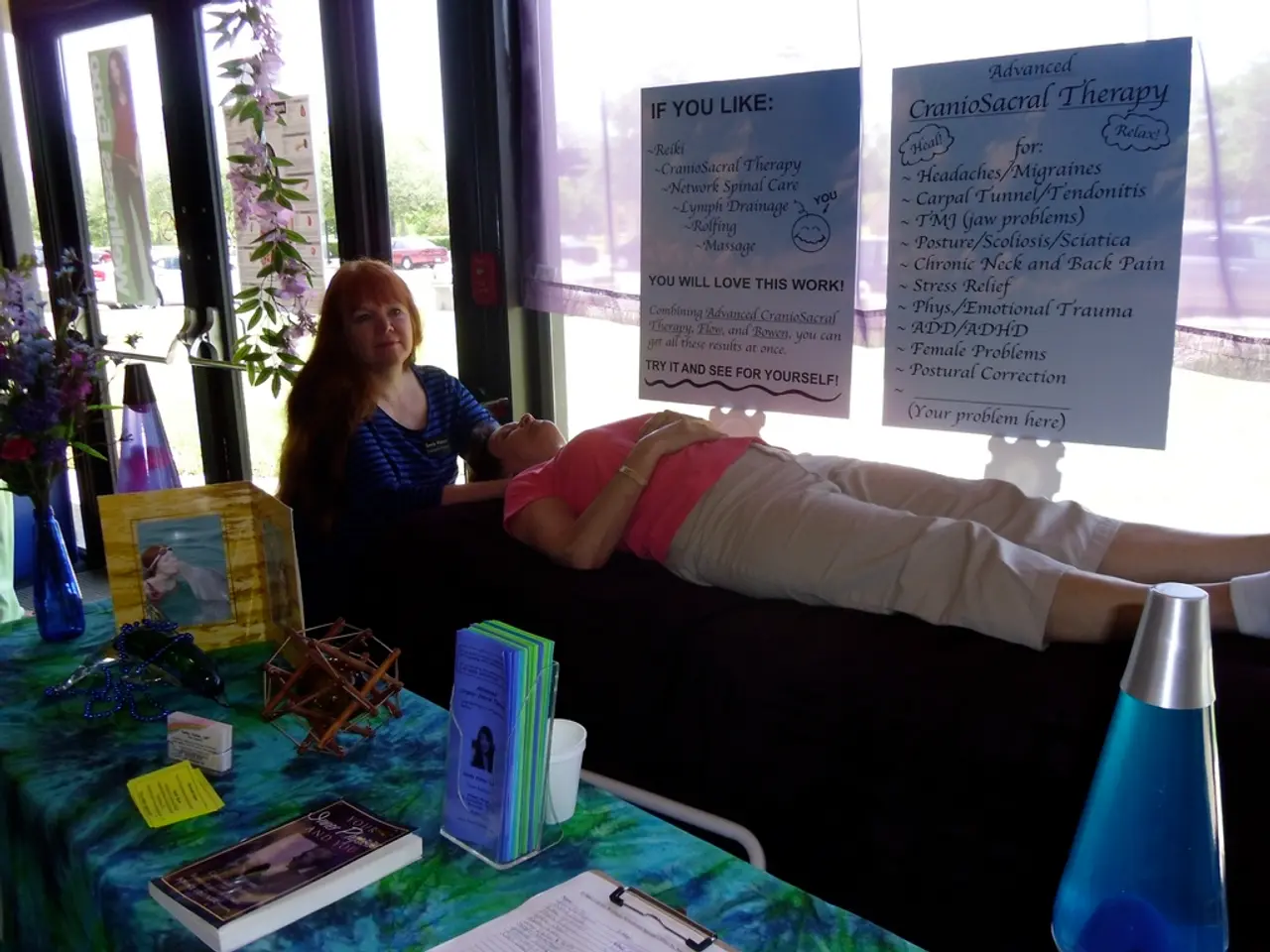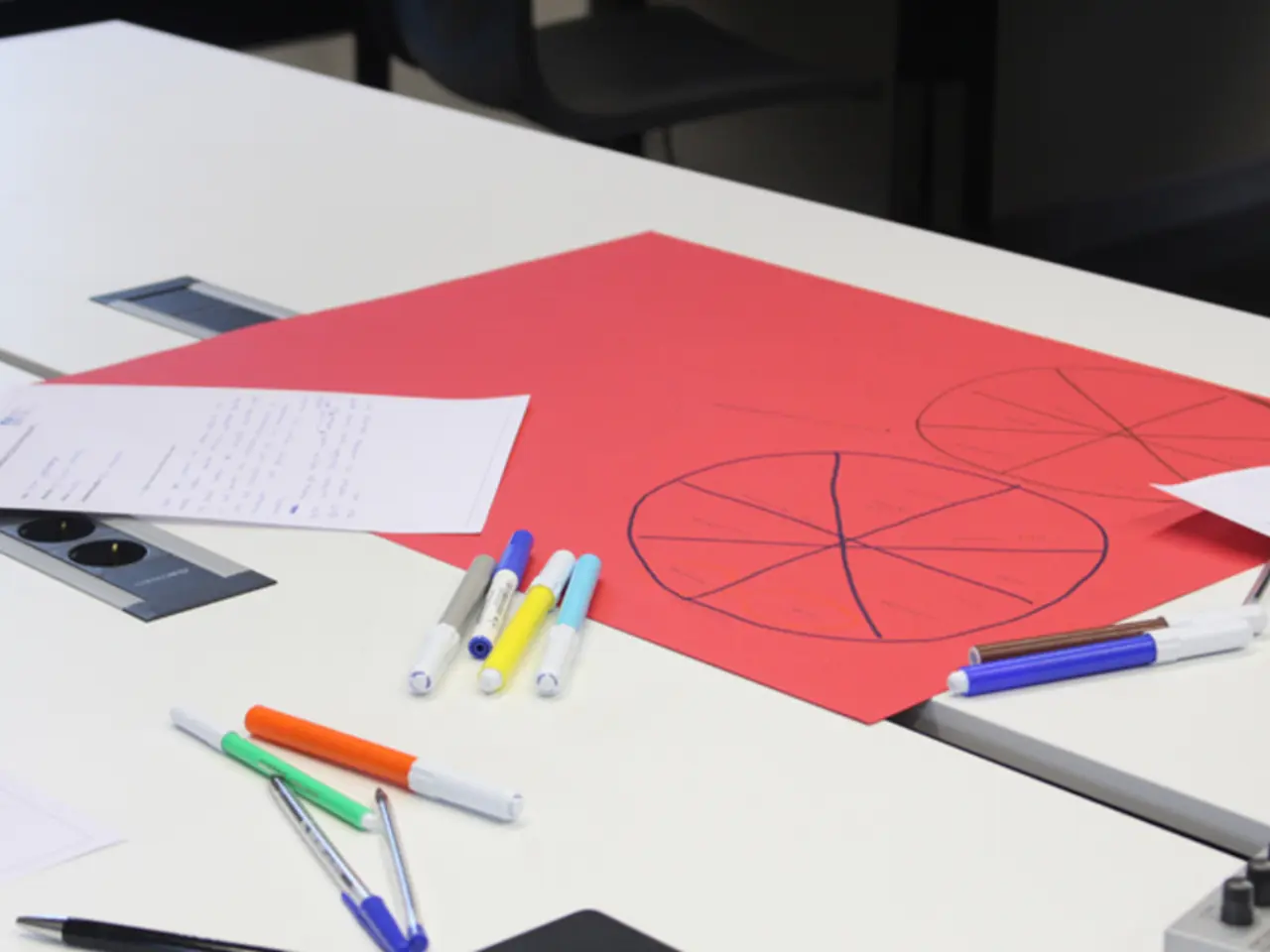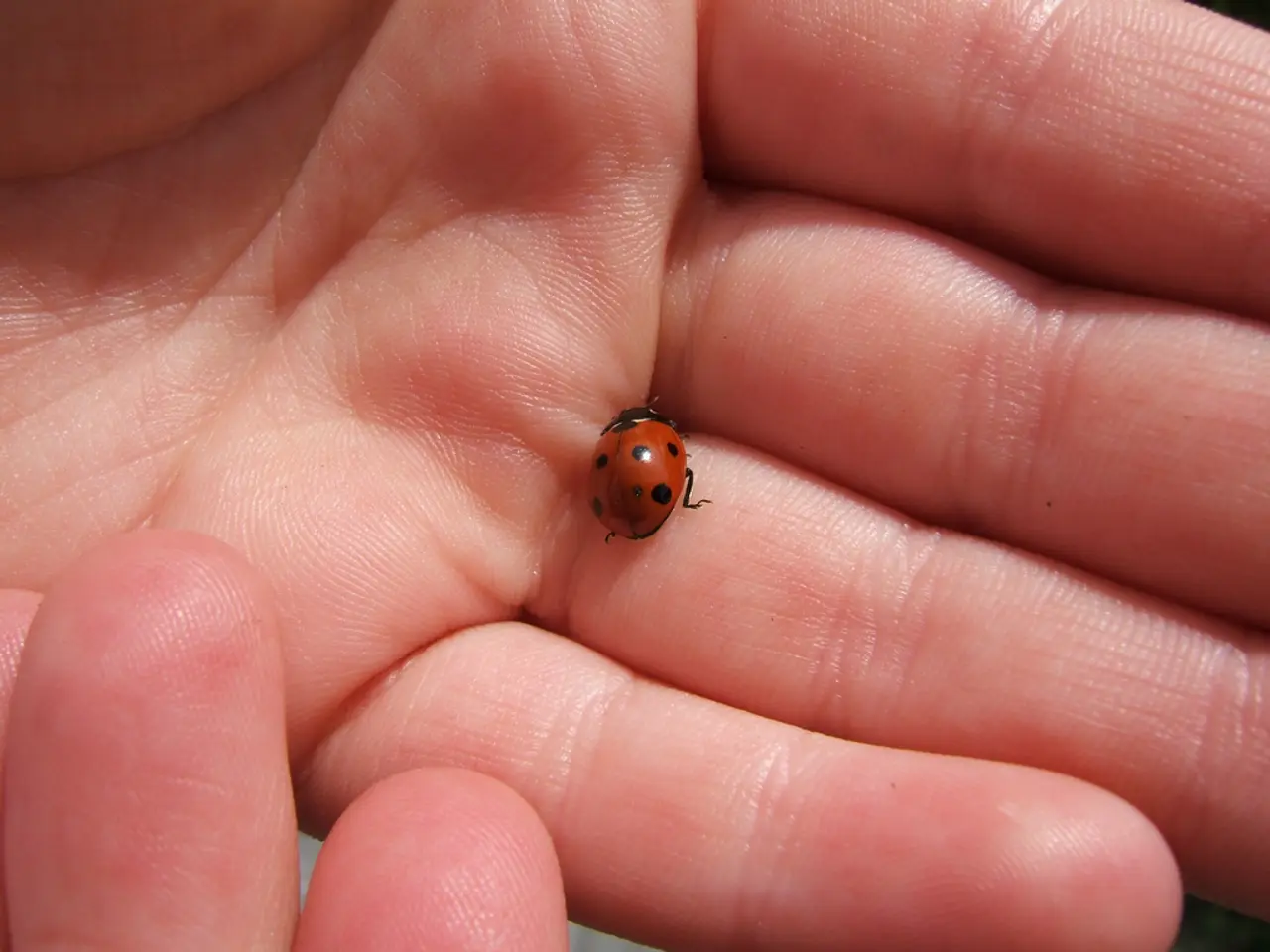Strategies to halt self-harm: Guidelines for self-assistance and supporting others in their recovery
Self-harm, including cutting, is a significant concern that affects many individuals, particularly adolescents. It's essential to understand that help is available, and recovery is possible with the right strategies and support.
One of the most crucial aspects of managing self-harm is **environmental safety**. This involves reducing access to tools and means commonly used for self-harm, such as razor blades, knives, or prescription drugs. Locking away firearms, sharp objects, and potentially harmful medications is crucial, especially among teens.
Therapeutic approaches play a vital role in managing self-harm. **Dialectical Behavior Therapy (DBT)** is widely recognized as an effective intervention. It focuses on teaching skills in mindfulness, distress tolerance, emotional regulation, and interpersonal effectiveness, helping individuals manage emotional distress more constructively. Cognitive-Behavioral Therapy (CBT) and Trauma-Informed Care also play important roles by addressing underlying thoughts and traumatic experiences contributing to self-harm behaviors.
Engaging in team sports, school activities, regular exercise, and having involved parents or guardians can minimise the risk by promoting emotional resilience and social connection. Building supportive relationships is key.
Coping skills and alternatives to self-harm are also essential. Changing one’s environment and routine, such as taking walks, spending time in nature, or visiting friends, can reduce triggers for self-harm. Sensory alternatives to cutting can help interrupt the impulse, including rubbing ice on the skin, snapping a rubber band on the wrist, drawing on the skin with a felt-tip pen, or using henna/temporary tattoos.
When self-harm behaviours become consistent or escalate, professional intervention is necessary. Mental health professionals can provide counseling, therapy, and support tailored to the individual's needs, including group therapy or specialized treatment for co-occurring issues like addiction. Immediate crisis support through 24/7 hotlines and emergency services is important if the person is at high risk or in emotional crisis.
Self-care, such as taking a bath, listening to music, or practicing mindfulness, can help manage deep emotional pain and sadness. Connecting with others through messaging, calling, playing with a pet, or joining community groups can help combat feelings of isolation and rejection. Relieving stress through yoga, deep breathing exercises, or mindfulness can help manage the body's response to stress without cutting. Expressing feelings through writing, speaking to a trusted person, or watching a sad film can help provide emotional release.
It's important to remember that self-harm is often associated with anxiety, depression, and other mental health conditions. Making a note of the situation that leads to cutting in a journal can help identify recurring triggers. Understanding what triggers the desire to self-harm can help a person avoid those situations or manage them when they occur. Receiving treatment for underlying mental health conditions can help prevent self-harm in the long term.
Help is out there for those dealing with self-harm and suicidal thoughts. Resources such as the 988 Lifeline, Crisis Text Line, and Befrienders Worldwide provide support 24/7. If a person needs immediate help to stop cutting, they can call a self-injury hotline at 1-800-DONT CUT (1-800-366-8388). In the event of an emergency, call emergency services.
Once a person has identified their triggers, they can plan how to resist the urge when it happens. Writing this plan down can help. Keeping this plan handy for when the urge to cut arises can help manage the urge. Listening to a person's feelings and taking their concerns seriously can be helpful. Developing important relationships and providing a safe, nonjudgmental space for discussion can help someone stop cutting.
Replacing the sensation of cutting with sensations such as rubbing an ice cube, taking a cold shower, or snapping a rubber band can help manage the fixation on cutting. Releasing anger through dancing, ripping up papers, or scribbling on paper can help manage unprocessed anger. Distracting oneself can help resist the urge to cut by engaging in activities such as calling a friend, going for a walk, or doing housework.
Asking open-ended questions can provide an opportunity for a person to discuss their feelings. The Samaritans charity suggests asking questions like "Have you talked to anyone else about this?" and "Would you like to get some help?" if someone shares they self-harm.
In summary, managing and stopping self-harm involves a multifaceted approach focusing on safety by restricting means, therapeutic support (especially DBT), building protective social and emotional factors, practical coping alternatives, and timely professional help. This approach applies to adolescents and other age groups, with adaptations as needed for developmental and individual differences.
- The predictive nature of understanding recurring triggers for self-harm can aid in managing future instances, as identifying these triggers allows for the development of strategies to avoid or manage them.
- In order to support individuals struggling with depression and self-harm, mental health science and health-and-wellness professionals emphasize the importance of AQ (emotional intelligence) in promoting mental health by providing counseling, therapy, and support tailored to the individual's needs.
- When it comes to managing self-harm, changes in one’s environment and routine can serve as alternatives to self-harm, ultimately contributing to mental health and overall well-being by reducing triggers and providing sensory experiences that help interrupt the impulse.




